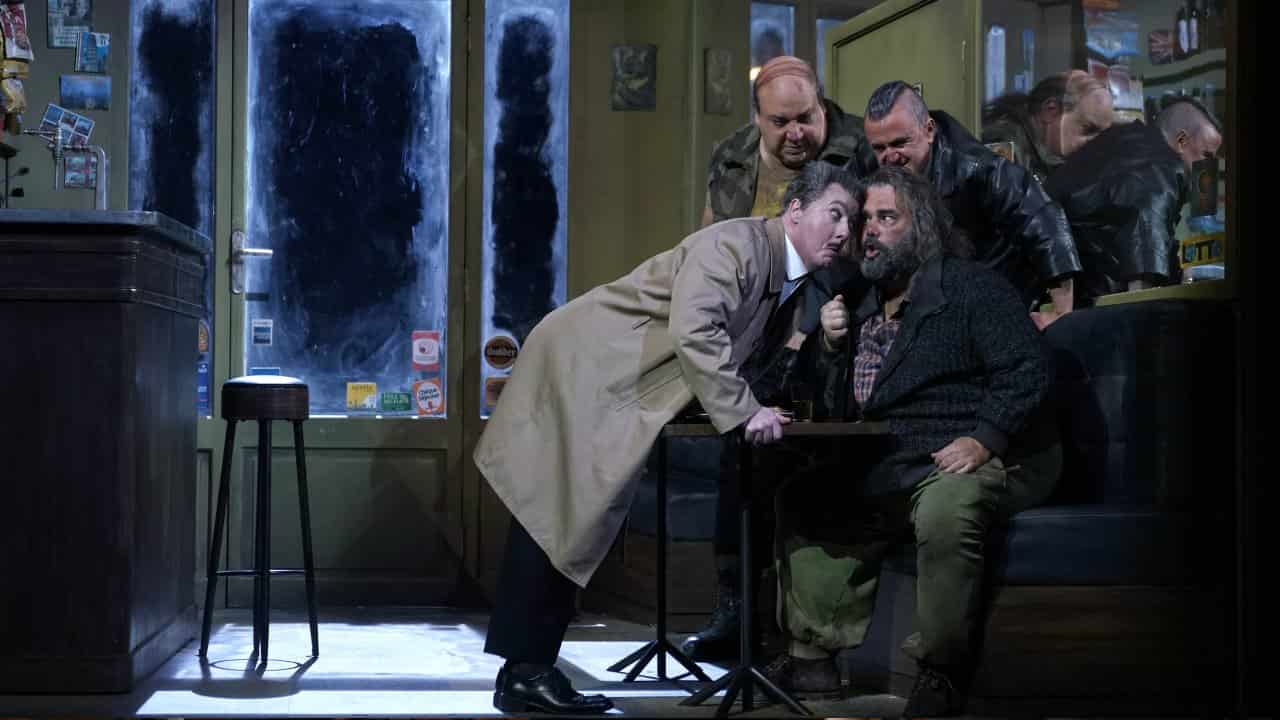For over a century, Cavalleria Rusticana and Pagliacci have been performed together, because they are a perfect fit. In fact, they go together so well that the prologue of Pagliacci is often performed before the first scene of Cavalleria Rusticana, to introduce both operas, as is the case here. Both are known for some short arias which are often selected for recitals. And both use traditional operatic techniques, with a defined interchange of expressive melodies and narrative passages. But it is the terse, flowing way used by Mascagni and Leoncavallo to establish the scene, and the manner in which both composers clearly define the importance of the dramatic events in what appears to be real time, that are the crucial distinguishing features in the composition of these first, iconic examples of verismo.
Cavalleria rusticana
Melodramma in one act
Music by Pietro Mascagni (1863-1945)
Libretto by Giovanni Targioni-Tozzeti and Guido Menasci, based on a story by Giovanni Verga
Premiered at the Teatro Costanzi, Rome, on May 17, 1890
Pagliacci
Dramma in two acts and a prologue
Music by Ruggero Leoncavallo (1857-1919)
Libretto by Ruggero Leoncavallo
Premiered at the Teatro Dal Verme, Milan, on May 21, 1892
New production of the Teatro Real
Principal Chorus and Orchestra of the Teatro Real
Artistic team
Conductor | Jesús López Cobos
Stage director | Giancarlo del Monaco
Set designer | Johannes Leiacker
Costume designer | Birgit Wentsch
Lighting designer | Wolfgang von Zoubek
Chorus master | Jordi Casas Bayer
Cast
Cavalleria rusticana
Santuzza | Violeta Urmana
Turiddu | Vincenzo La Scola
Lola | Dragana Jogovic
Mamma Lucia | Viorica Cortez
Alfio | Marco di Felice
Pagliacci
Canio (Payaso) | Vladimir Galouzine
Nedda (Colombina) | María Bayo
Tonio (Taddeo) | Carlo Guelfi
Beppe (Arlecchino) | Antonio Gandía
Silvio | Ángel Ódena






